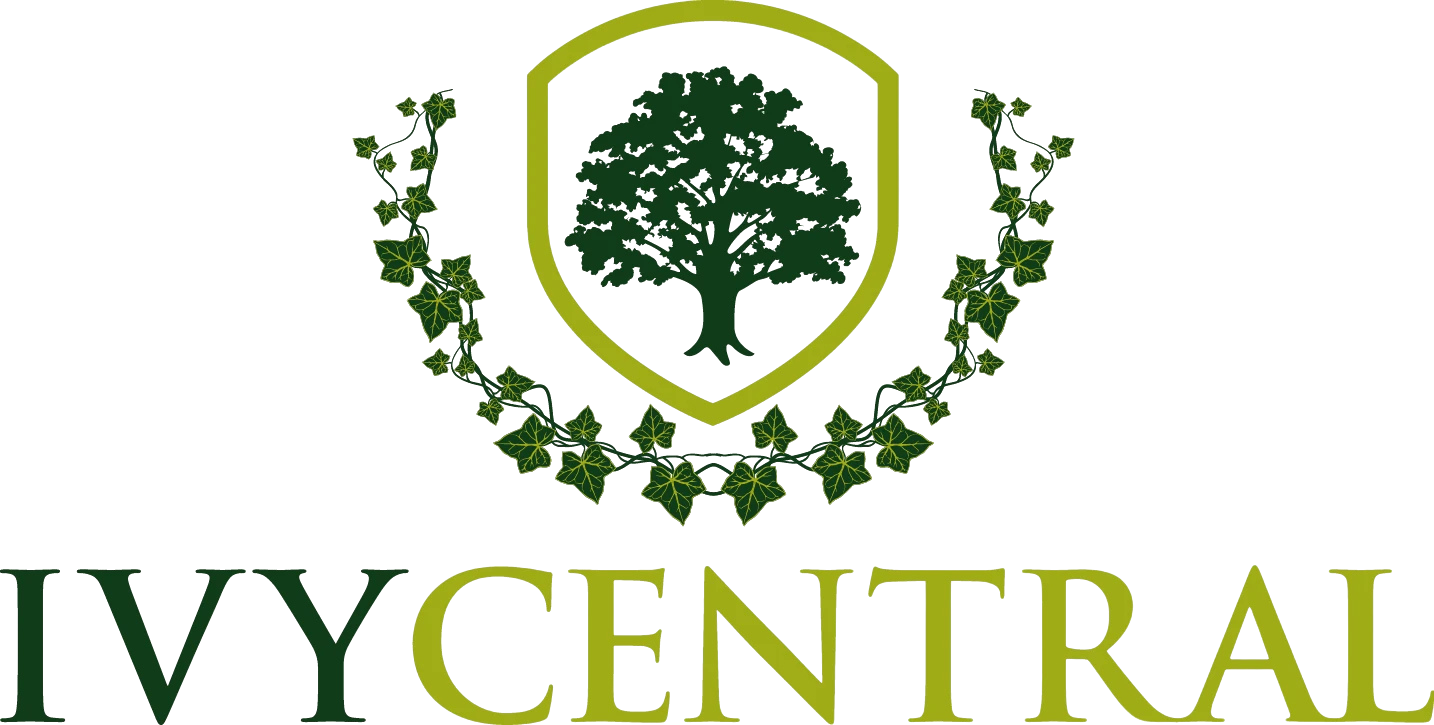Ivy Day 2029: Regular Decision Results and Admission Trends
All of the Ivy League colleges release their regular decision results on the final Thursday in March, known as Ivy Day. The statistics showcase the competitive landscape of admission to these elite colleges. To get a sense of how the admission landscape is playing out, some critical questions must be pondered over. Do we see some schools becoming more selective than others? Is socioeconomic diversity being prioritized by them? Is reinstating standardized testing policies impacting applicant pools?
The Changing Landscape of Ivy League Admissions
With the pandemic behind us and the reinstatement of Standardized tests, this year saw a marginal drop in the number of applications the top schools received, which in previous years was exponentially high. As an example, Yale reported a 14% decrease in early applications. Jeremiah Quinlan, Dean of Undergraduate Admissions and Financial Aid, maintains that this is in line with what they had expected. This has resulted in the applicant pool becoming academically more qualified.
After the Supreme Court ruling, Universities are revisiting their socioeconomic diversity initiatives, encouraging diverse applicant pool. Dartmouth announced that 18% of their early admits were first generation students, while 19% of those admitted early at Brown were first-gen.
A trend that has emerged in the past years is that colleges such as Harvard, Penn, Princeton, and Dartmouth are not reporting quantitative data. Students can get a sense of the admissions by seeing the comprehensive data from Brown, Cornell, and Yale, and some data from Columbia, which only published the number of applications received during the early round for the class of 2029. However, it is not difficult to ascertain that the admission percentage of these universities (Harvard, Princeton, Dartmouth, and Penn) will be a low single digit.
Beyond the Ivy League: The Rise of the ‘Southern Ivies’
With the Ivy League colleges undergoing a period of transition and uncertainty, several top-tier non-Ivy institutions are becoming increasingly competitive and attractive to applicants.
“Southern Ivies,” such as Duke, Emory, Rice, and Vanderbilt. Emory University, for instance, saw a 21% rise in Early Decision applications compared to the previous year, admitting 995 out of 3,311 applicants (30%).
Duke also experienced a 6% increase in early applicants, resulting in its largest Early Decision pool to date.
Vanderbilt’s Early Decision applications grew by 16%, though its acceptance rate dropped from 15.2% last year to 13.2% this cycle.
Meanwhile, Northwestern, which continues to offer a test-optional policy, received just over 6,000 applications—15.5% more than the previous year—marking one of its largest applicant pools in recent history.
As Ivy League institutions move away from extremely low acceptance rates, these competitive schools may emerge as new benchmarks for single-digit admission rates.
The Colleges That Released Data
Brown University: With a noticeable decrease in the number of applicants of 37,717, the university admitted 2,418 accepted applicants, marking an overall acceptance rate of 5.65% for the class of 2029 with
Cornell University: Saw an increase of 13.3 percent increase from last year’s 5,139 accepted students. This year the 5,824 students were accepted to the class of 2029.
Columbia has not yet released its official Regular Decision acceptance rate for the Class of 2029.
Dartmouth: The college received a total of 28,230 applications, an 11% decrease from the previous year, and admitted 1,702 students, indicating an overall acceptance rate of 6%
Princeton: In keeping with its practice of withholding admission data, we are unable to give a clear number of admitted students. However, Princeton has historically maintained an acceptance rate of about 5%, admitting 4.5% of applicants to the Class of 2027 and 5.7% the year before.
Yale University: Offered admission to 2,308 students out of 50,227 applicants, yielding an acceptance rate of 4.59%. An additional 943 applicants were placed on the waitlist.
Harvard University: Released Regular Decision offers but, for the first time in nearly seventy years, did not disclose its acceptance rate or detailed admissions data.
The University of Pennsylvania (UPenn) has released Regular Decision results for the Class of 2029. However, specific acceptance rates and detailed admissions statistics have not been disclosed.
Conclusion
The Ivy League’s evolving admissions landscape presents both challenges and opportunities for future applicants. For future applicants, this means focusing on academic excellence, compelling personal narratives, and strategic school selection.
Read more about Ivy League Acceptance Rates from 2020-24
or
Read about the Misconceptions of applying to all the 8 Ivy Leagues

